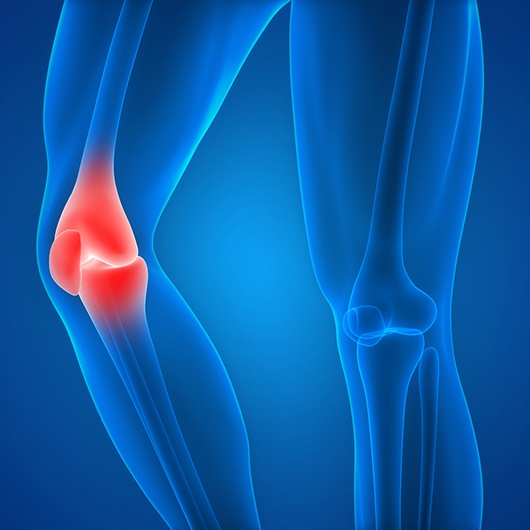
What is patellar tendinitis
Best known as jumper’s knee, patellar tendinitis is an injury to the tendon that connects the patella to the shinbone. The patellar tendon works with the muscles at the front of the thigh and gives you the ability to extend your knee to kick, jump and run.
This injury is most common among athletes that play sports requiring one to frequently jump such as volleyball and basketball. Despite this injury being common in sports, non-athletes are at risk to stretch the tendon past its point of normality.
Symptoms of jumper’s knee
- Immediate pain between the kneecap and where the tendon attaches to the tibia
- Overtime the pain will worsen and interfere with your ability kick, run and jump. Simple daily movements such as rising from a chair and climbing stairs.
Causes
Jumper’s knee occurs from repeated stress on the patellar tendon. Wear and overuse on the tendon ultimately leads to tiny tears in the tendon. Your body will attempt to repair the tears itself, but overtime, the tears will multiply and weakening of the tendon leads to severe inflammation and pain.
Treatment & rehabilitation
While patellar tendinitis can be severe, there are several ways to treat the pain. One the injury is confirmed, it’s important to treat jumper’s knee with the R.I.C.E (rest, ice, compression, and elevation) method. This immediate treatment will help reduce the inflammation and pain surrounding the injured area. In addition to pausing activity and icing, there are other courses of treatment that the doctor will recommend ensuring the health of the knee. Such treatments include; bracing, exercise training, injection therapies, and thermotherapy. Prior to pursuing a surgical option, several non-surgical treatments will be tested in hopes of curing jumper’s knee.
Injury prevention with OCPBC
If you are suffering from severe knee pain, please contact us. We are highly experienced with injury care and have treated thousands of patients suffering from similar injuries. We have three different locations in South Florida and you can reach us at (561)967-6500.





